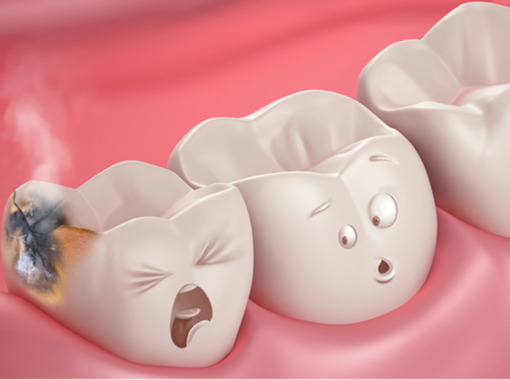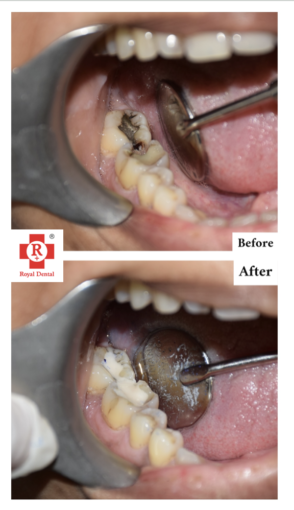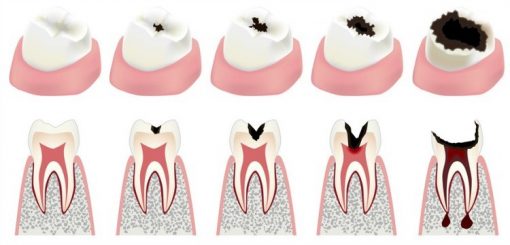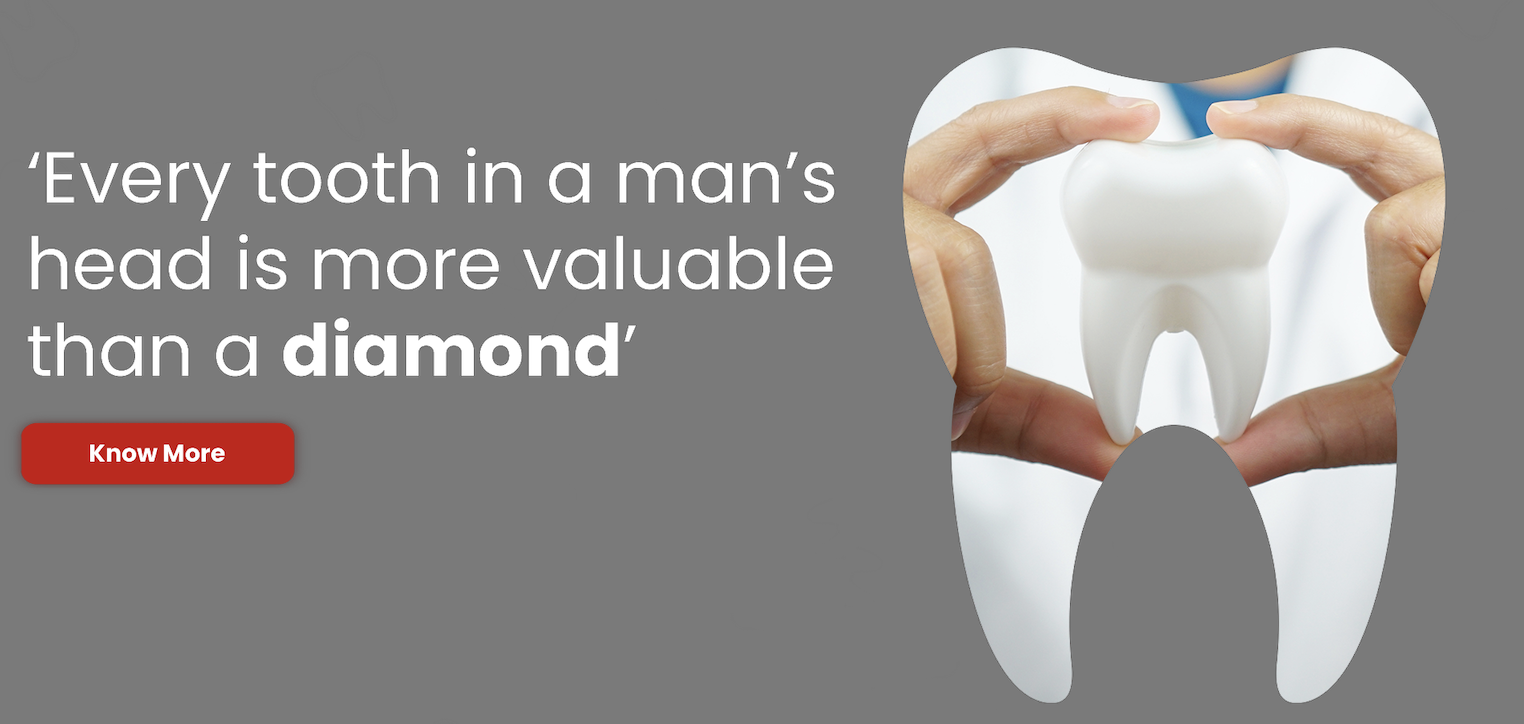When you find out that you have a cavity, the first thought that comes to mind is. Do I need to get this filled? After all, what else can it be? A cavity is usually described as a space filled with bacteria and germs. It’s something that needs to be fixed ASAP. So does that mean a dental filling is the only way forward? Well…not necessarily. Let’s dig deeper into what a cavity is, whether or not your tooth needs to be filled and why it’s not always necessary to opt for a filling procedure when dealing with cavities. You may be in the dark about your tooth’s real condition, but by the end of this article, you will know exactly what to do next time you discover a cavity.
If you have a very small cavity limited to the enamel (or outer layer) of your tooth. You may not need to get a dental filling. This is especially true if you have had very few cavities in the past and practice good oral hygiene. So if you have a cavity that needs a filling, don’t delay treatment. The decay can continue to develop and cause additional damage to a tooth. You can end up needing something much more extensive, not to mention expensive, such as a root canal if you wait too long to have the decay addressed.
What is a Dental Cavity?
A cavity is a hole in your tooth that is caused by a bacterial infection. Bacteria in your mouth will naturally produce acids that will eat away at your tooth’s enamel. Eventually, it will get to the point where all of your enamel is gone and your tooth is left with just a soft, spongy substance. This soft, spongy substance is your tooth’s dentin, and it is where a cavity exists.

A dental cavity can be formed in one of two ways. The first is when the enamel is worn away completely and the dentin is exposed. It can also occur when the enamel is intact but there is an infection in the tooth’s core that breaks through the enamel and into the dentin. In short, the answer is no.
Dental fillings are used to treat cavities because a dentist tends to want to remove the decayed part (the cavity) and fill it to stop any further damage from occurring. While there aren’t ways to remove a cavity without a filling, there are ways to almost reverse the decay.
Does everyone need to get a Cavity Filled?
As mentioned above, all cavities start off being filled with only dentin. This is the soft, spongy substance found within the tooth that can repair itself. It is formed when minerals from your saliva mix with your tooth’s minerals. This is called a dental or dentin deposit, and once it forms it will repair itself! The best way to think of this process is like a scab that forms on a wound.



Once your body realizes it needs to repair itself, it will form a scab that will eventually fall off, revealing your wound has been healed. The same goes for your teeth; once the dentin deposit forms, it will eventually fall off, revealing that the cavity has been filled. Not only do fillings treat the tooth decay currently present on your tooth, but they also help prevent further damage. Removing areas of tooth decay halts the decay process, so if a cavity goes untreated for too long, it can expand deeper into your tooth & even ultimately destroy the tooth.
Why you may not always get a Dental Cavity filled?
As mentioned above, a cavity is filled with dentin, which is produced by your tooth. While a filling only covers the actual cavity itself, the dentin that has formed will grow into the gap created by the filling. Once the filling is removed, the dentist will check to see if the gap created by the filling has been filled with the dental deposit. If it has, then no further treatment is needed as the cavity has been completely fixed.
However, if the cavity has not been filled with the dental deposit, then the dentist will recommend a re-filling. This will give the tooth more time to repair itself and will also protect the exposed dentin from further bacterial infection. If you have a very small cavity limited to the enamel (or outer layer) of your tooth, you may not need to get a filling. This is especially true if you have had very few cavities in the past and practice good oral hygiene.
Should You Get a tooth Dental Filling?
As mentioned above, the best option is to leave the tooth alone and let it repair itself. However, if you want a lower chance of the same cavity occurring again, then a filling is the best option. When a dentist fills a tooth, they will either use a dental material made up of minerals or a resin-based material.
The best option for you depends on the type of cavity you have, but most dentists will recommend using materials made up of minerals. The reason for this is that once the filling has been placed, it will react with the surrounding tooth and harden itself. This means the filling will stay intact for longer and have a lower chance of coming loose.
Conclusion
A cavity is an infection of the tooth caused by bacteria. It can be formed when the enamel is worn away completely and the dentin is exposed. The best way to treat a cavity is to let it heal itself. If it has not been filled with the dental deposit, then the dentist will recommend a re-filling. This will give the tooth more time to repair itself and will also protect the exposed dentin from further bacterial infection. A filling can be done and is the best way to treat a cavity if the tooth has been completely worn away.






